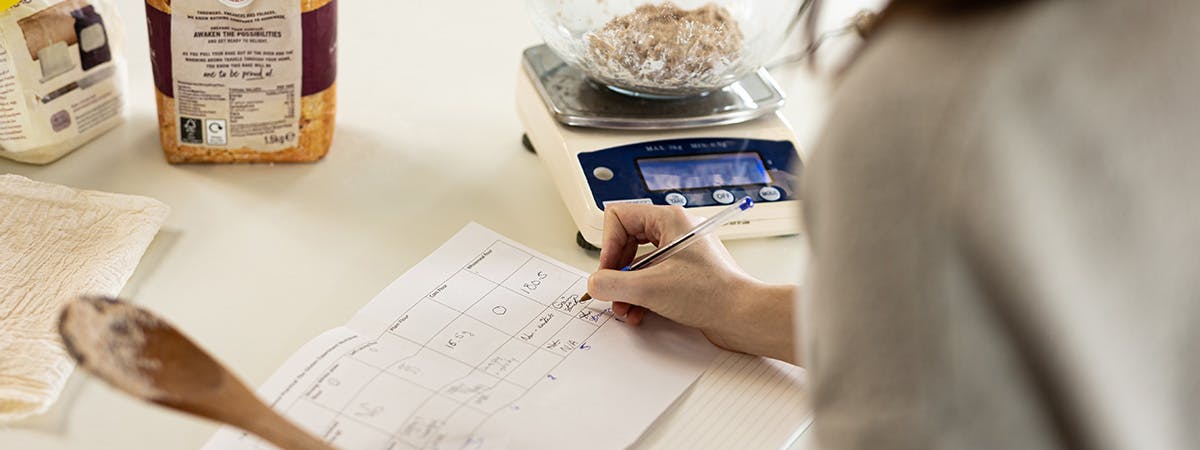Lecturer in Dietetics, Kiri Pointon-Bell, takes us through what a hearty and nutritionally balanced lunch looks like for a six to eight year old child.

Why is nutrition important for six to eight year olds?
Nutrition is important for everyone, not least of all younger children. Correct nutrition aids most importantly with growing, body composition and cognitive brain development. As well as this, a balanced diet contributes to healthy bone and skeletal health, including oral healthcare.
By ages six to eight, children have acquired a store of nutrients – energy wise things start to slow down and energy requirements per kilogram of body weight start to fall. At this time they are becoming more independent, meaning they get stronger views about food. They may also gain more of a life outside of the family home; attending school and after-school clubs. Getting a proper education around food is essential at this age. Government guidelines encourage following their Eatwell Guide.
The development of eating and feeding patterns are linked to certain behaviours later in life, and eating habits in childhood often affect an individual’s long-term health, with poor eating increasing the risk of obesity, cardiovascular problems and cancers.
MSc Dietetics
Find out more about our Dietetics course
Nutrients of Importance
There are several nutrients that should be included in a child’s diet to optimise it.
- Carbohydrates: essentially, carbohydrates are energy. A wholegrain option is the best choice.
- Protein: key for growth and repair of muscles and the immune system
- Fats: healthy fats
- Calcium: assists with the growth and care of bones and teeth
- Iron: helps blood take oxygen around the body and decreases risk of infection and disease. This is the most common deficiency in children and more common in poor families and Asian children
- Vitamin A: aids with vision
- Vitamin C: supports healthy cells, immunity and iron absorption
- Vitamin D: helps with peak bone mass in early life
- Vitamin B12: key to include if you are raising your child on a vegetarian or vegan diet
- Long Chain Omega Fatty Acids
All of these nutrients are found in common, everyday foods. Some examples include:
- A portion of protein/iron rich food: beans, lentils, chickpeas, kidney beans, eggs, fish, meat or meat-free alternatives. Oily fish is a good option for every couple of weeks but not every day due to levels of mercury.
- A portion of starchy carbohydrates: bread, wrap, flatbread, crackers, bagel, pitta, pasta, potato, rice, noodles, couscous, etc. Include a combination of white & whole grain options. Try & provide a variety over the week.
- A portion of dairy food such as plain yoghurt, cheese or milk.
- A portion of fruit and a portion of salad or vegetables (bite-sized & pre-prepared!): tomato in a sandwich, chopped grapes or a fruit salad.
- Don’t forget a drink. It’s important to stay hydrated especially in hot weather & when running around, so opt for plain milk or tap water.
What should my child eat less of?
In the same regard, there are some foods that are fine to eat in small doses but should generally be limited. These include:
- Foods high in salt
- Foods high in saturated fat
- Foods with added sugar
Sweet treats should be limited, particularly between mealtimes, to one per day or less. Salt intake should be half of an adults, so 3-5g per day.
Other considerations
There are other practicalities that should be considered in regard to a child’s nutrition. Check if the child’s school has a lunch policy.
Remember to keep food safe from pathogens through temperature control; think about where the meal is going to be stored until lunch time and ensure the food is wrapped correctly to maintain freshness. It’s also important to consider avoiding nuts due to allergies in other children.
It’s also important to include variety; think about different colours not just in fruits and vegetables but also in different grains. Tinned fruit and fish are great cost-effective options that still hold a lot of nutrition.